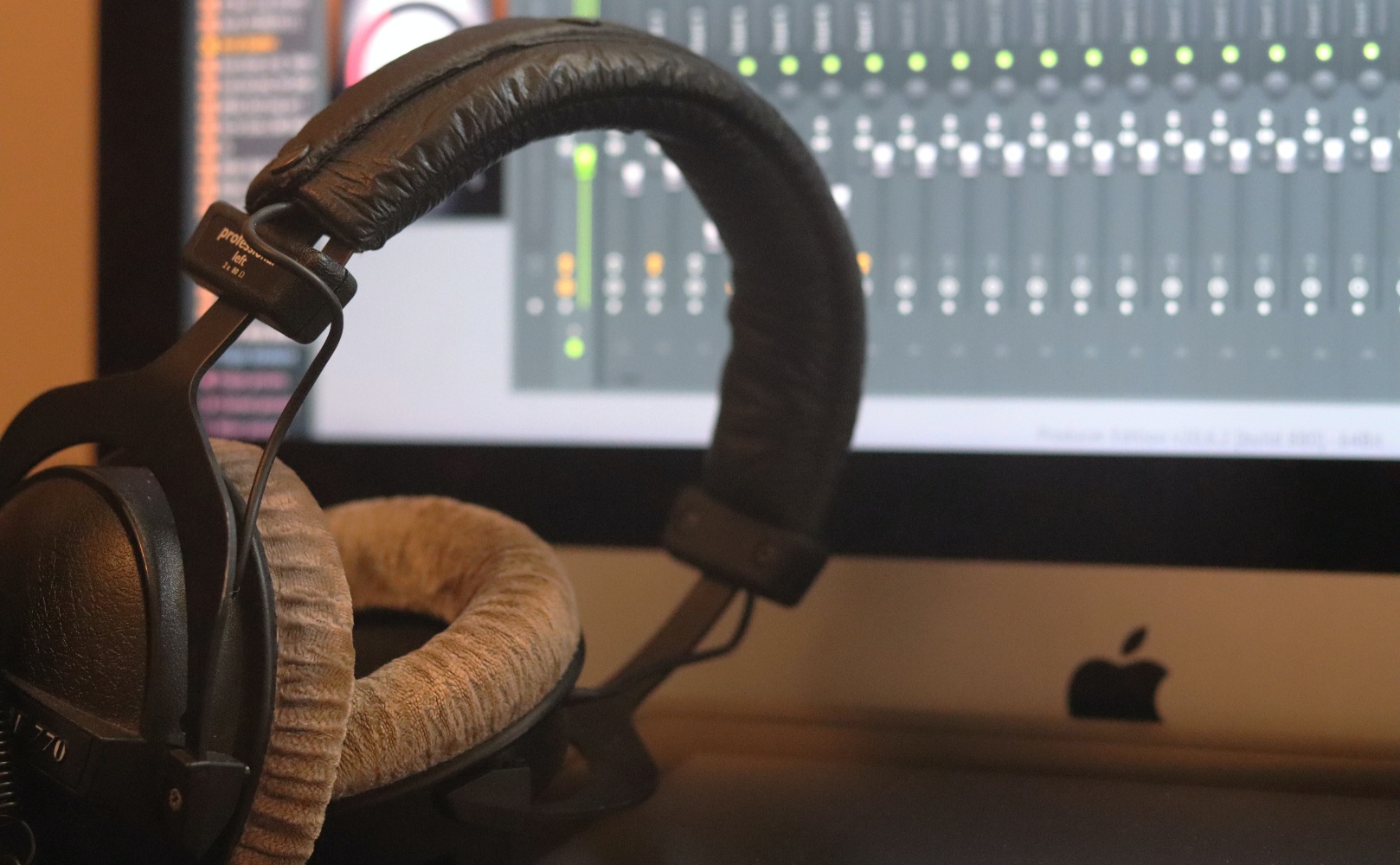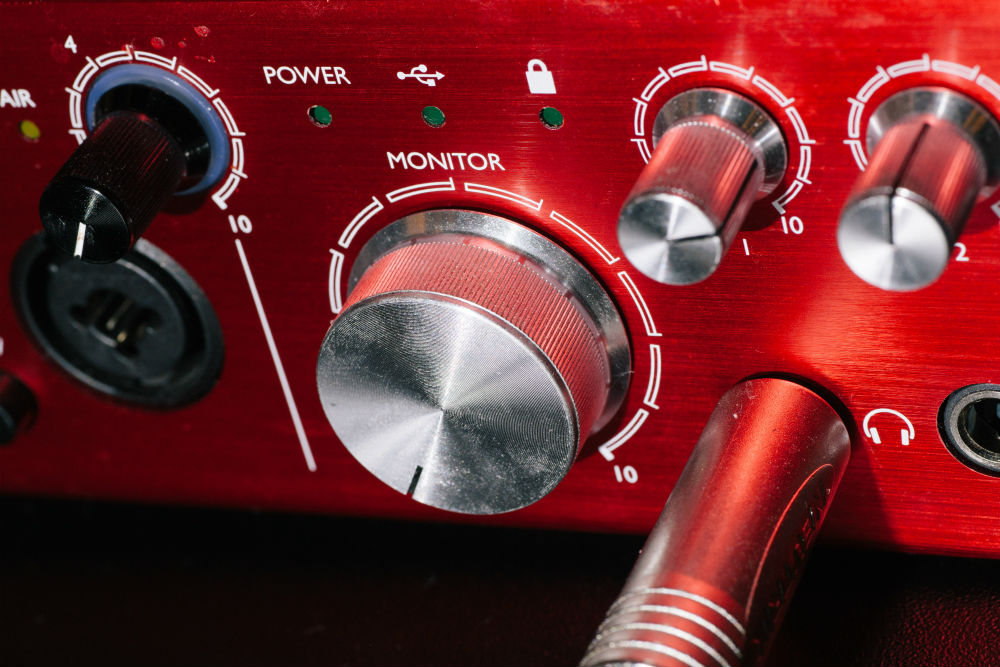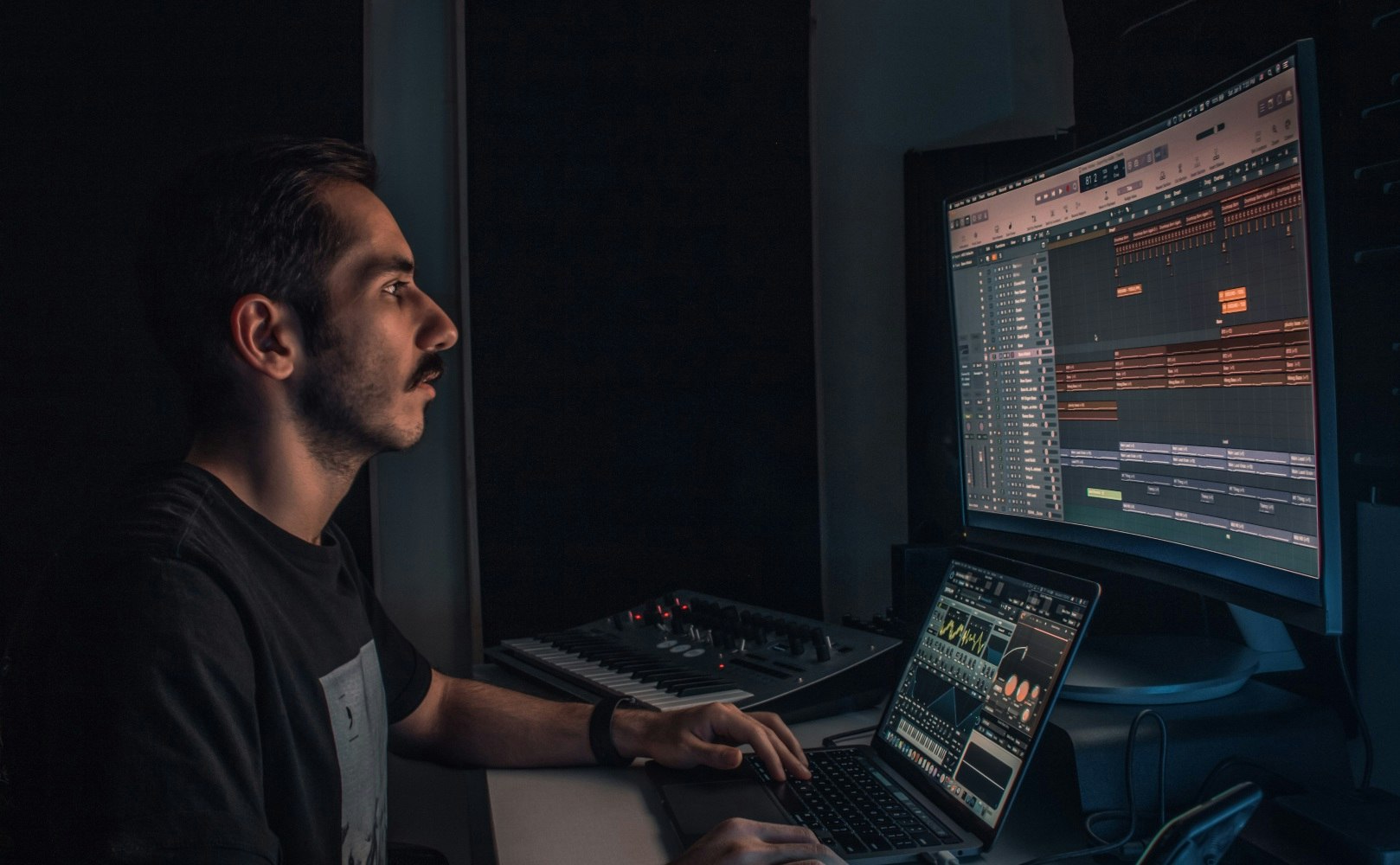
■ Features
Thinking of setting up a home studio? These are the 5 pieces of recording equipment you definitely need.
In the olden days, recording music was a seriously expensive endeavour. During the pre-digital age, studios were vast and kitted out with bulky equipment capable of storing sonic information in analogue form. It's only since the 1990s that music has begun to be stored electronically, when more durable hard discs replaced magnetic tapes that were highly prone to disintegration.
Today, by comparison, technological advances mean that chart-topping singles can be made on a laptop in a teenager’s bedroom. Many modern pop icons from Lorde to Billie Eilish launched their careers in just this way — writing songs with universal mass appeal using only a few pieces of equipment. That’s not to say these weren’t re-recorded in state-of-the-art studios once they were picked up by major labels, but the point still stands: you don’t need a multi-million pound record deal to write a hit.
Whilst home studios come in all forms (and budgets) depending on your style and approach to music-making, there are 5 pieces of equipment that you need to set up a basic home studio: a computer, monitors (speakers/headphones), an audio interface, a microphone and a MIDI keyboard.
Beyond the actual recording gear, you might also want to consider getting things like acoustic panels and an ergonomic chair for while you're working. However, in this tutorial, we're going to focus on the 5 most essential pieces of equipment mentioned above.

Duh! Whatever type of music you’re making, you’ll need a computer. How come? To run your Digital Audio Workstation — often abbreviated to DAW. This is the recording software that will allow you to record, manipulate and export audio, used by virtually all industry professionals.
When it comes to what software is used to record music, the most popular solutions are Protools, Ableton and Logic. It's very important that you find the right beat-making software for you. Luckily, Pirate have created a full guide to help you work that out.
You can record music on almost any decent desktop computer or laptop. If, however, you are in the position where you are looking to buy a new computer for music production specifically you’ll want to consider 3 things:

Whilst they can look deceptively similar, studio monitors differ to your usual hi-fi speakers in that they are designed to be harshly ‘honest’ or ‘critical’, rather than enjoyable.
Think about it — if you’re bringing a speaker to market aimed at people who are listening for pleasure, you’re going to make them sound ‘warm’ and ‘full’, project widely into any room and bring out aspects of music people find pleasing to the ear — perhaps an extra whack of bass, for example.
Monitors, on the other hand, are designed to reveal imperfections in sound you are going to want to fix or remove during music making, particularly in the mixing and mastering process. For this reason, monitor speakers are also designed to be ‘flat’, which means they should represent the sound across the frequency spectrum with no emphasis on any parts of the EQ range, allowing you to hear each and every detail.
In conjunction with this, they are meant for ‘nearfield’ listening. Therefore it’s really important to set up your monitors properly — not too far away, positioned at the same height as your ears, pointing directly at you and equidistant from each other as they are from your head. This will prevent you picking up any natural reverb in your room, making sure you get an upfront and accurate sense of the sound you are hearing. You can go into further depth by acoustically treating your room and using pink noise to calibrate your speakers.
Studio headphones for music production are another option. These are also designed to be flat and precise, generally very affordable, and great for mixing as they block out background noise (though you may lose some of a sense of how the music ‘feel’s in a room).
If you can stretch to owning a pair of studio speakers and studio headphones, this is ideal. Then you can use them to A/B your mixes on each. Above all, it is important to get to know the monitors you own by listening to a variety of music on them.

Arguably, there is not really much point in having monitors if you don't have an audio interface in your studio. Not only is it unlikely you’ll be able to connect your computer to them, but the predominant reason is that your computer’s internal sound card is not designed for recording and processing high-end audio files. Give this a go yourself - you will soon run into latency issues and potentially software crashing. Audio interfaces on the other hand, are designed specifically to act as the middle-man between external electronic instruments and microphones, your recording software and your monitors.
If you want to record an instrument or microphone, you will need the analogue signal to be processed into a digital one which can be read by your computer. This is what the converter in an interface does, as well as performing the inverse operation to send an analogue signal back out to your monitors. Another feature it will allow for is direct monitoring, which will enable you to record in ‘real-time’ as if through a live sound mixer.

If you’re a techno producer, you may not bother with this piece of kit unless you plan on sampling some interesting noises you’ve made all by yourself. Otherwise, it's highly likely you’ll be looking to record yourself jamming in the studio and particularly defining your sound with your unique vocal delivery.
There are many different types of studio recording microphones. If you haven’t invested in an interface you may want to look at a USB microphone such as the ubiquitous beginners option: the Blue Yeti. But by and large most of you will want to be looking for a decent affordable condenser microphone. In contrast to a dynamic microphone (built for durability and most often used in live settings), condenser mics are more sensitive to low and high frequencies and produce more colourful recordings given their sensitivity.
Before buying loads of mics for your studio, have a good think about what you're actually going to be recording. Different mics are better suited to recording different instruments — some are designed specifically to sit in front of guitar amps, others to clip on to drums or the end of trombones. Otherwise there are plenty of decent all rounders you can start to record both vocals and instruments on.
You might be a bit taken aback by just how much choice you have here once you start looking. Ultimately, it will really be a question of how much cash you have to splash.
It is also worth mentioning that the way you set up the mic is going to make an impact on the quality of your recordings too. You’re going to need at least one studio microphone stand and the right cables but might also want to think about accompanying microphone shields and filters as well as soundproofing for the room to reduce background noise. Often, there are pretty good bundle deals flying about on music equipment websites.

The final piece of kit we recommend all studios start off with is a MIDI controller. Their uses are endless. You can create patterns on digital synths/samplers. You can automate filters on synth lines in real time with the knobs. And you can structure tracks in a live fashion by assigning loops to keys/pads.
It might seem like a bit of a scary piece of kit at first, but starting with a basic MIDI controller will massively improve your workflow in the long run. And even if you don’t make everything ‘in the box’, you might find it useful for quickly sketching out musical ideas you’ll then re-record.
When it comes to deciding between the various MIDI keyboards on the market, I would recommend looking for something that has these main four elements:

Building up your collection of recording studio equipment and making your own home studio is not a cheap hobby — it’s a real labour of love which will take significant time and investment. But if you want to get started making music in your bedroom, buying the gear is an unavoidable expense.
If you want to get started with how to produce music, even before buying the equipment listed above, you can book a Pirate recording studio in cities across the UK, US and Germany by the hour.
Pirate's recording studios come equipped with an audio interface, MIDI keyboard, condenser microphone, headphones, monitors and extras. So all you need to bring is a computer.
